Biodegradable Home Accessories: Beautiful, Practical, and Planet‑First
Chosen theme: Biodegradable Home Accessories. Welcome to a home page devoted to pieces that look good, feel grounded, and return gently to nature when their job is done—no guilt, just graceful, sustainable living.
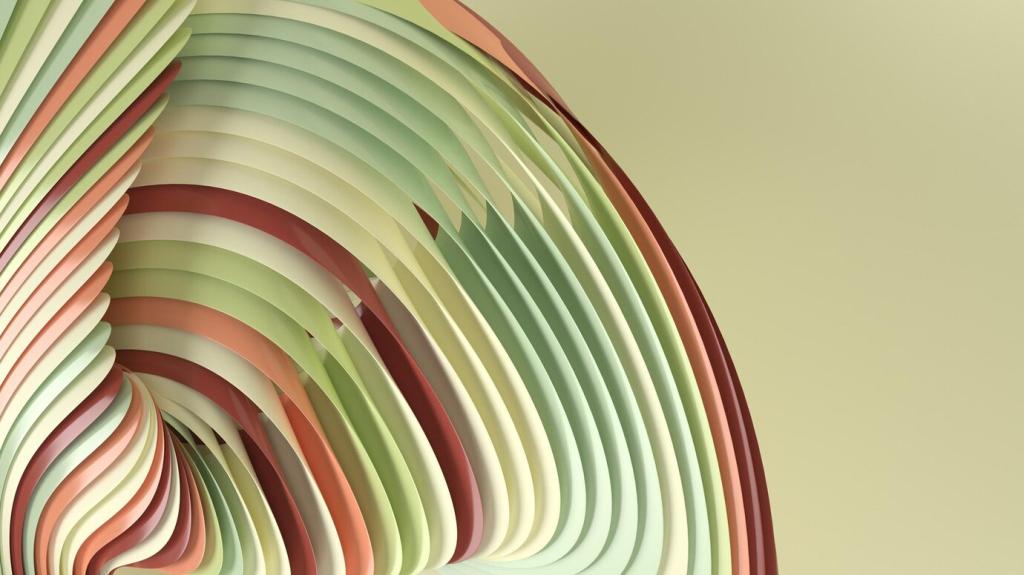
Materials that return to nature
In the home, truly biodegradable accessories often use bamboo, cork, jute, hemp, sisal, coconut coir, mycelium, wood, natural rubber, or uncoated paperboard. Watch out for sneaky synthetic blends or glossy coatings that can block microbes from doing their essential work.
Standards, labels, and honest claims
Look for credible certifications like EN 13432, ASTM D6400, BPI, or OK compost HOME/INDUSTRIAL. “Biodegradable” is not the same as “compostable,” and oxo‑degradable plastics are misleading. When in doubt, email brands and ask for test reports.
Timeframes and conditions you can expect
Decomposition depends on temperature, moisture, oxygen, and thickness. A loofah breaks down in months in an active compost, while PLA may need industrial conditions. Cut items smaller, maintain airflow, and keep the pile warm for reliable results.
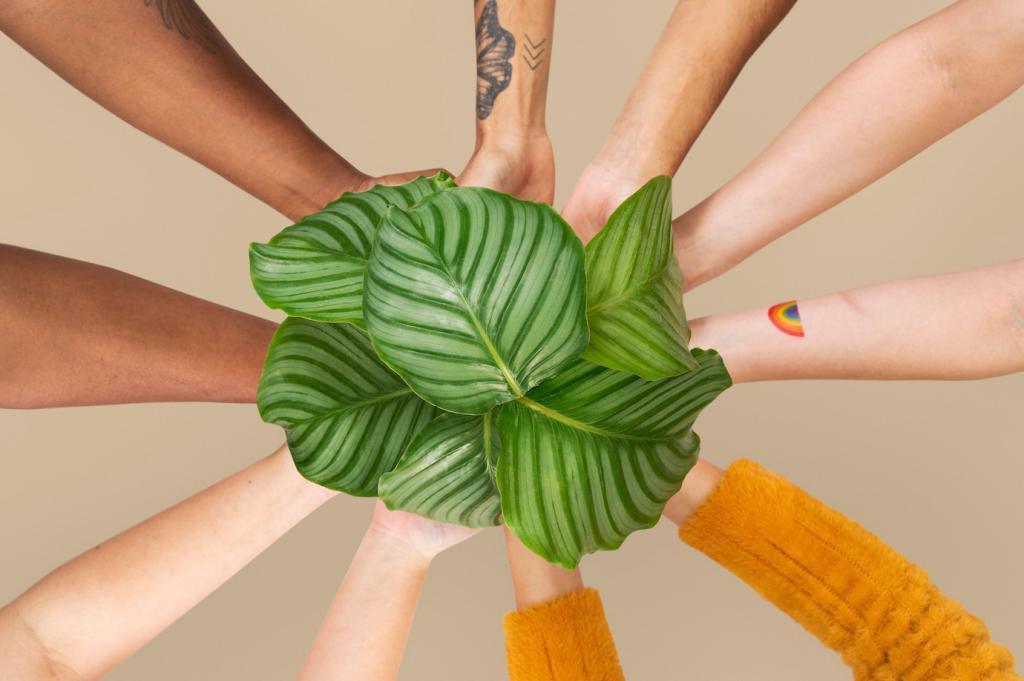
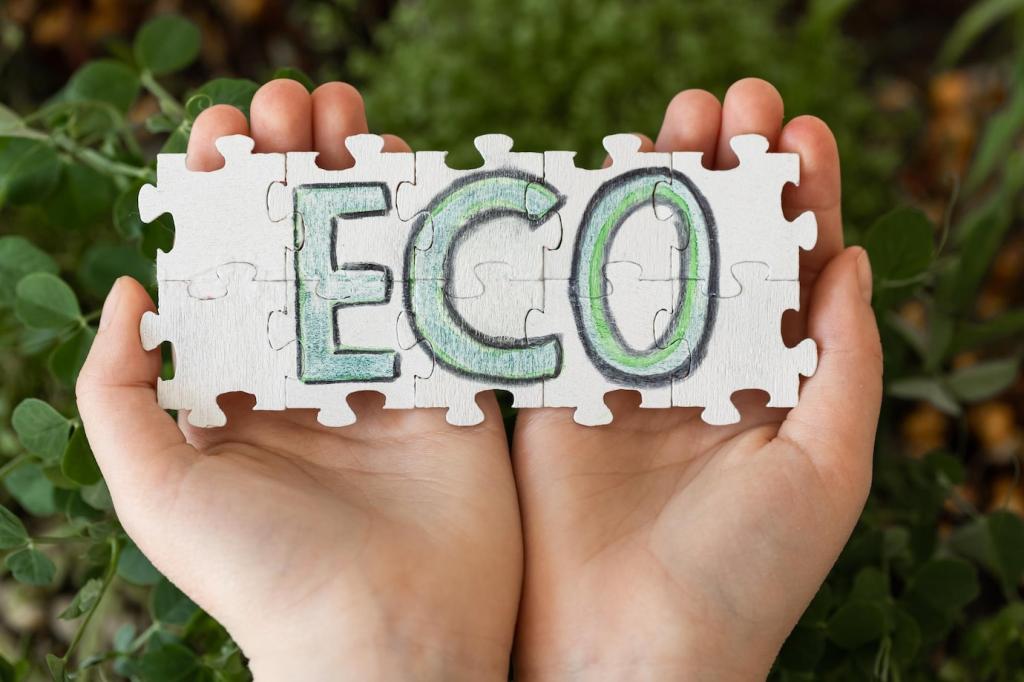
Room‑by‑Room Ideas You Can Use Today
Try coconut fiber brushes, cellulose sponges, compostable dishcloths, bamboo utensil caddies, and beeswax wraps. They clean well, dry quickly, and curb odors when hung to ventilate. Bonus tip: designate a sunny window spot for faster drying.
Room‑by‑Room Ideas You Can Use Today
Choose bamboo toothbrush handles, silk floss in glass, wooden soap dishes, and loofah body pads. Compost handles and loofah; landfill nylon bristles separately. Keep ventilation steady to prevent mold, and replace items when fibers lose resilience.
Design, Texture, and Style that Tell a Story
Cork’s speckled warmth, bamboo’s fine linear grain, and coir’s rustic heft create depth without visual clutter. Pair with linen curtains and trailing plants to soften lines, then add a clay accent to ground the whole arrangement.
Design, Texture, and Style that Tell a Story
A cork valet tray by the door, a wooden key hook, and a hemp cord cable tidy can transform daily rituals. These little helpers feel good in hand, reduce microplastics, and keep surfaces calm and purposeful.
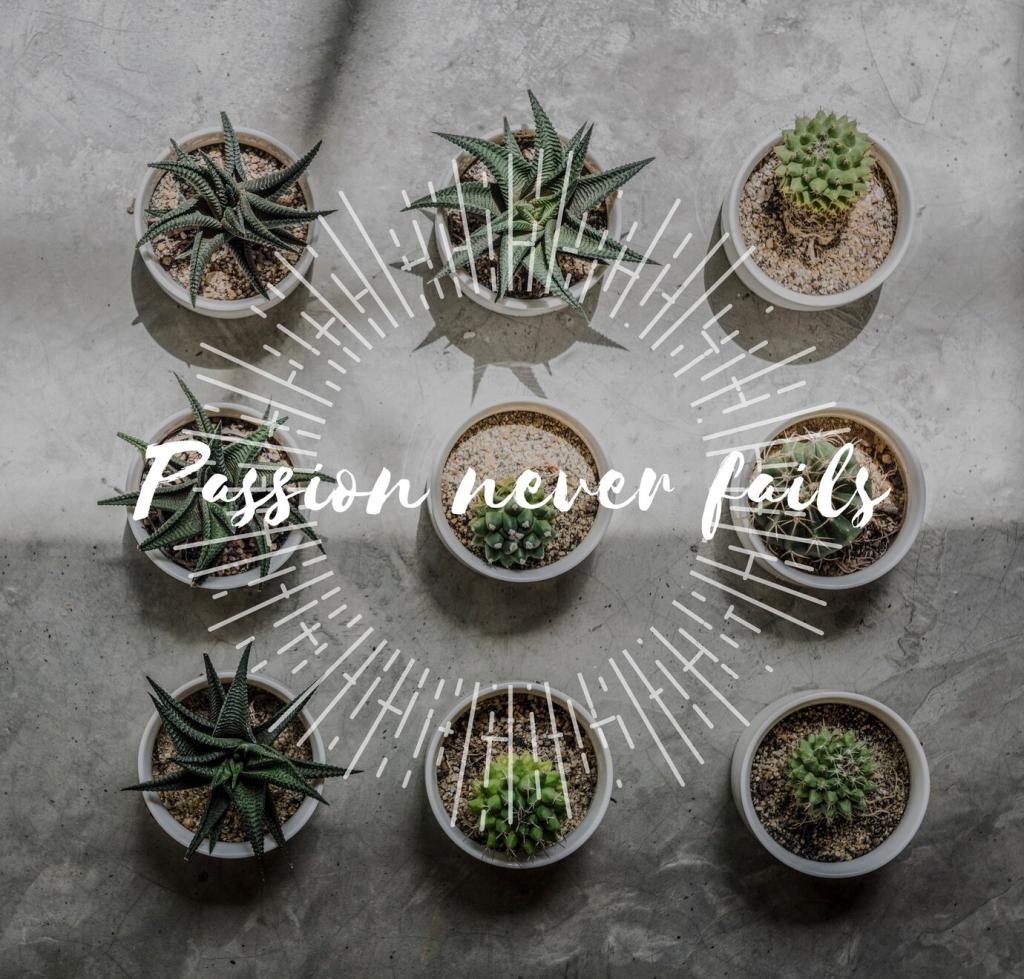
Care, Durability, and Health
Use mild soap, vinegar solutions, or baking soda, then rinse thoroughly. Avoid soaking bamboo; wipe and air‑dry upright. Refresh wooden items with food‑safe mineral oil, and sun‑sanitize loofahs briefly to discourage lingering odors.
Good airflow is everything. Add slotted trays for drainage and avoid thick varnishes that trap moisture. Choose finishes labeled food‑safe or water‑based, and check a quick safety data sheet when in doubt about ingredients.
People with latex allergies should avoid natural rubber gloves and choose plant‑fiber alternatives. If nut‑based oils concern you, switch to mineral or wax blends. Test new materials on small skin patches before extended contact.
End‑of‑Life: Compost, Reuse, or Return
Home compost loves fibers like jute, hemp, uncoated paper, and loofah. Bioplastics often require industrial heat and airflow. Check municipal guidance, seek BPI or OK compost labels, and avoid tossing uncertified items into green bins.
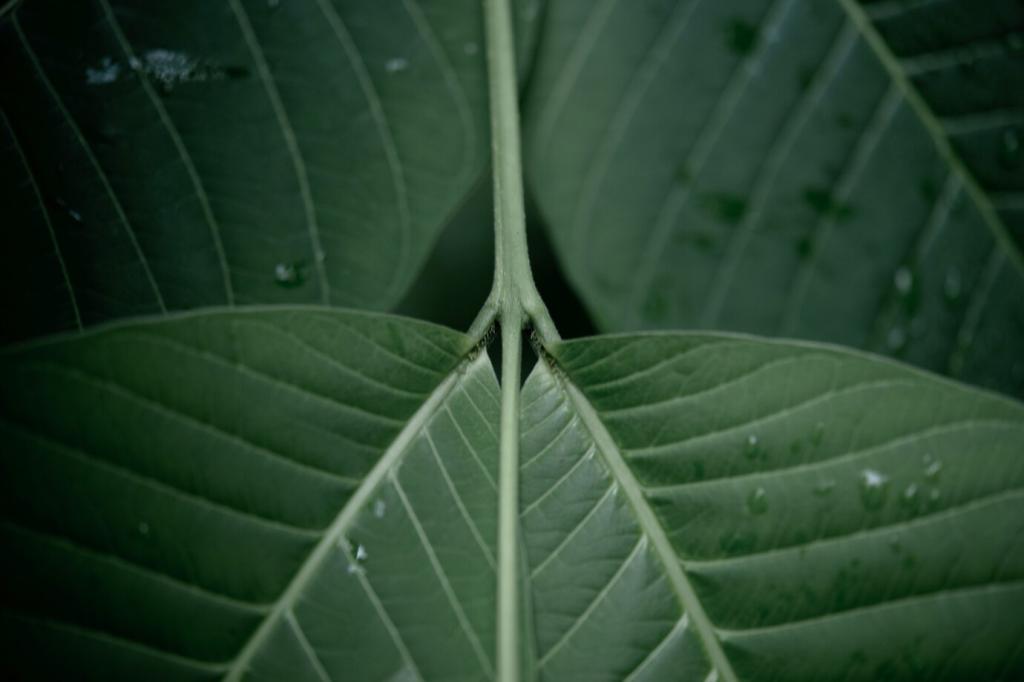
Stories from Real Homes
A neighbor borrowed a cellulose sponge and asked why it dried so fast. We talked airflow, composting, and avoiding microfibers while chopping carrots. She left with a spare and promised to gift one forward.

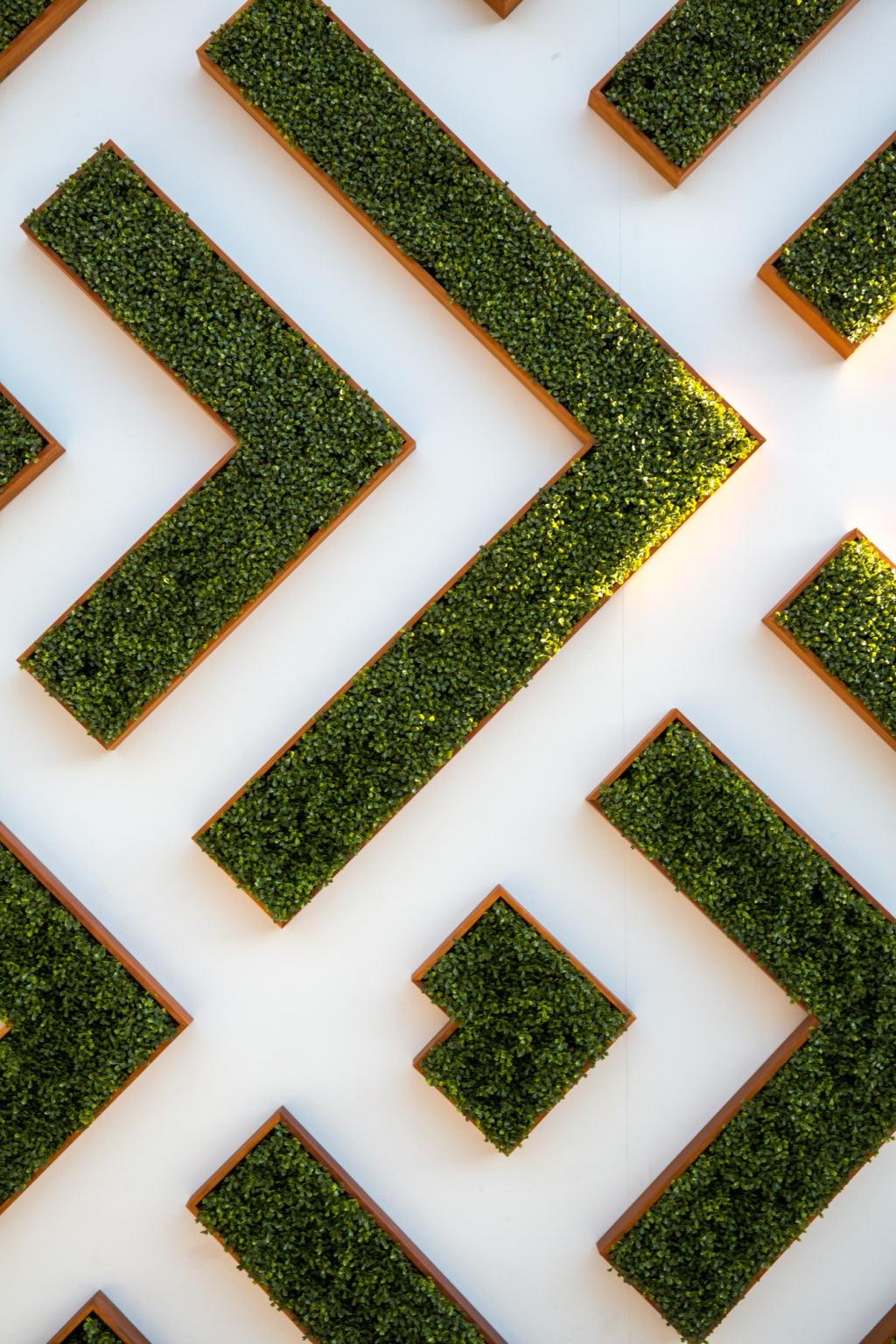
Stories from Real Homes
My grandmother’s willow basket holds today’s coir brush and bamboo dustpan. Old craftsmanship, new materials, same intention: care and continuity. Every sweep feels like a tiny bow to the hands that taught me.
Join our mailing list
